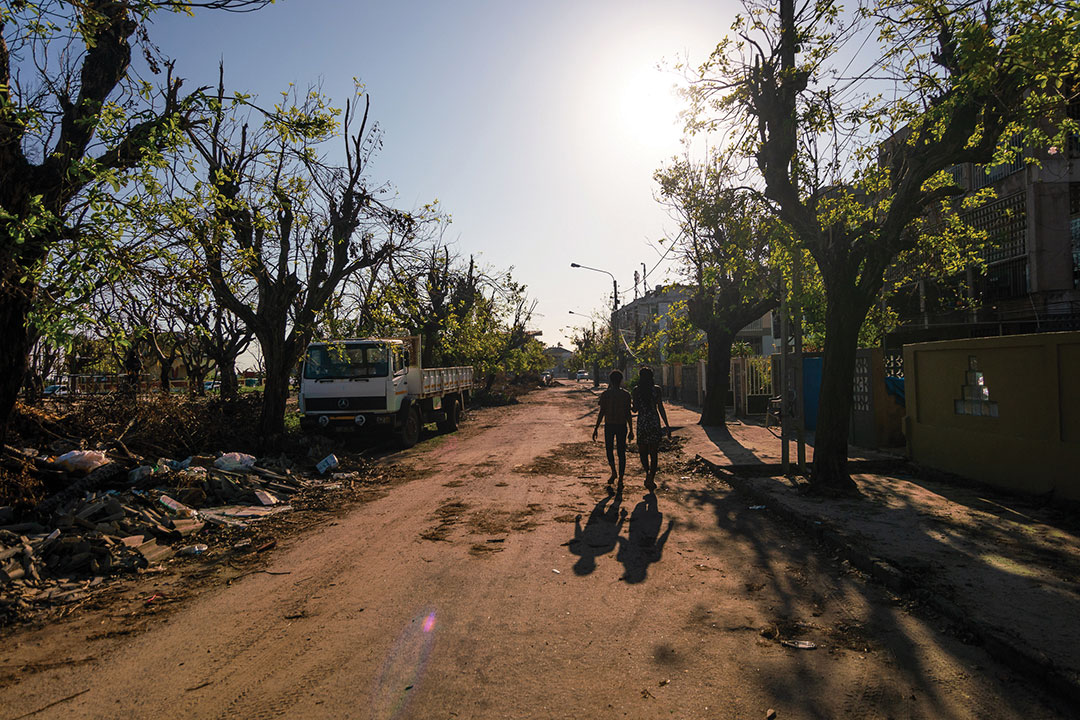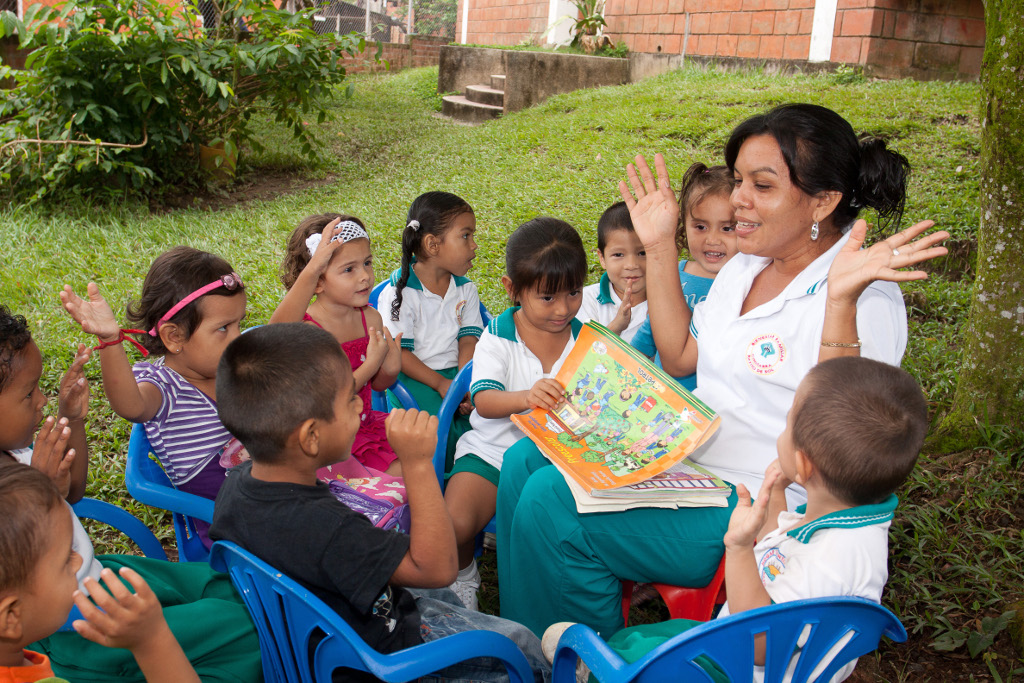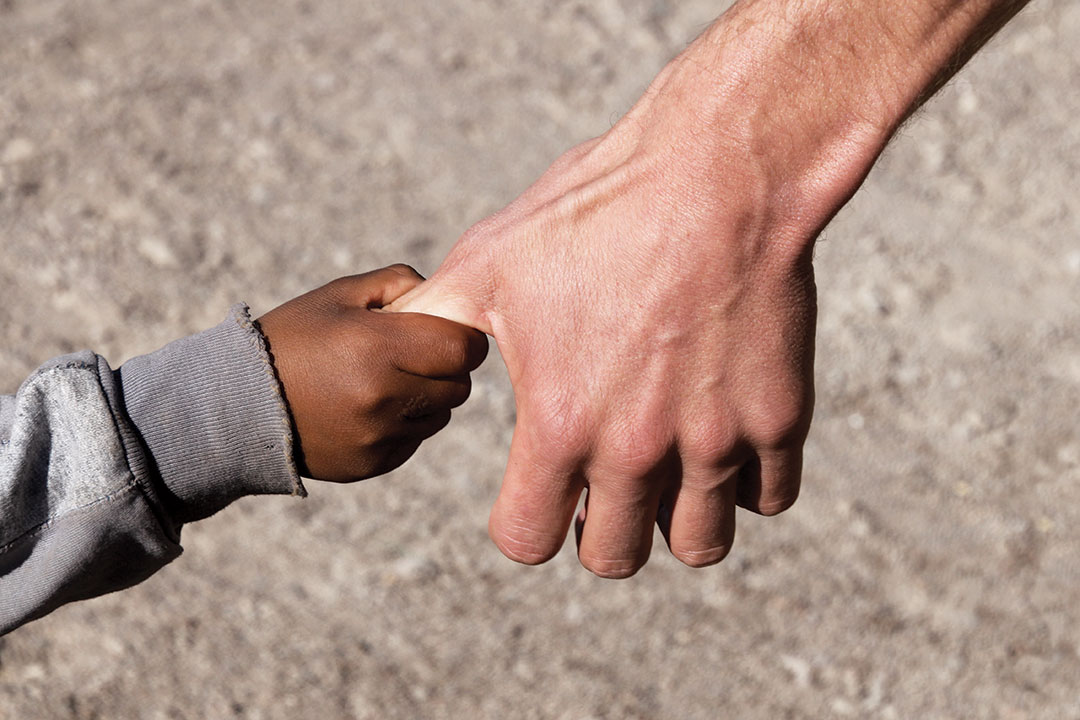
Madres Comunitarias
The Madres Comunitarias are adult women with the attitude, aptitude and time to spend caring for a group of girls and boys who are at risk. The work of the Madres Comunitarias is based on the Community Model for early childhood provided for by the Instituto Colombiano de Bienestar Familiar, ICBF, (Colombian Institute of Family WellBeing), especially for girls and boys under the age of 5 who are vulnerable and at risk. The Hogares Comunitarios de Bienestar (Community Well-Being Homes), and consequently the Madres Comunitarias, endeavour to promote the boys’ and girls’ development, through active participation as a team, which includes the family, and by seeking to guarantee their rights. Equally, they aim to build pedagogical proposals that generate opportunities for expression and communication with others.
This is all carried out as part of the boys’ and girls’ daily lives, generating a rich environment encouraging full early childhood development.

HOW IT ALL BEGAN ?
It all began with the Community Well-Being Homes, created as a comprehensive, widespread strategy for supplementary food, nutritional control, and the individual and social protection and development of more vulnerable boys and girls from social sectors lacking basic services in the urban areas and rural centres in Colombia. The Centros Comunitarios para la Infancia (Community Childhood Centres) had been in operation since 1972 and in 1974 the ICBF created the Centros de Atención Integral al Preescolar (Full Pre-school Care Centres), now called Hogares Infantiles (Children’s Homes), which were run by this entity. Thanks to research carried out with the support of uNICEF, the “Casas Vecinales” (Neighbourhood Houses) began operating, the families playing a bigger part.
Later, in 1979, the parents and neighbours took on the management of the Children’s Homes in recognition of their educational role. Since then, the Community Mothers and Fathers have been linked to charitable and community work in educating and developing minors. The 1989 regulations of the Community Well-Being Homes also recognise voluntary women called “Madres Comunitarias” (Community Mothers), who join together and with the families to take care of the beneficiaries. Currently, the Community Well-Being Homes work in a specialised manner according to the following schemes:
- Traditional Homes: When a community mother opens a space within her home to care for 12 to 14 children
- Grouped Homes: When 4 traditional homes operate within the same space
- Full Homes: When a community mother opens a space within her home to care for 12 to 14 children with an inter-disciplinary-support team
- Fami – Familia, Mujer e Infancia: Which take care of pregnant and nursing women and children up to the age of two
CHILDREN
WHAT THE COMMUNITY WELL-BEING HOMES PROGRAMME IS DOING TO PREVENT NUTRITIONAL DEFICIENCIES
The programme aims to supply the girls and boys with 70 % of their daily energy and nutrient requirements. This contribution is within the parameters set out by international bodies and approved for the Colombian population. likewise, the portions are established to supply the necessary quantities of calories, proteins, fat, carbohydrates, vitamins and minerals that contribute towards proper body functioning, enabling daily activities related to learning to be performed and promoting the growth and development of organs and tissues.

The programme aims to supply the girls and boys with 70% of their daily energy and nutrient requirements
NUTRITION GUIDELINES
The programme has a set of food standard guidelines for children that are drawn up according to the characteristics of the population under care and the established nutritional intake percentages. These guidelines are defined by group, measures, quantities and frequencies, for consumption at once or at various times, adjusted to the calorie and nutrient requirements of the girls and boys.



